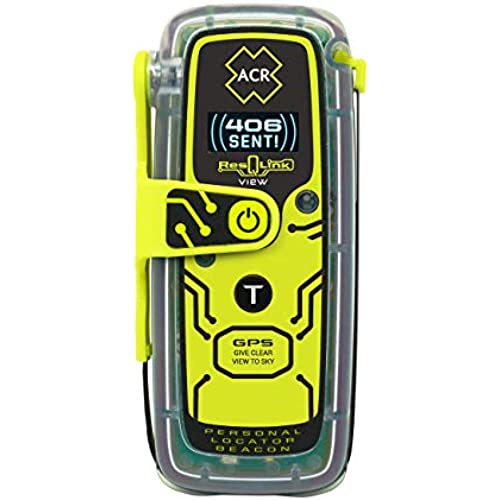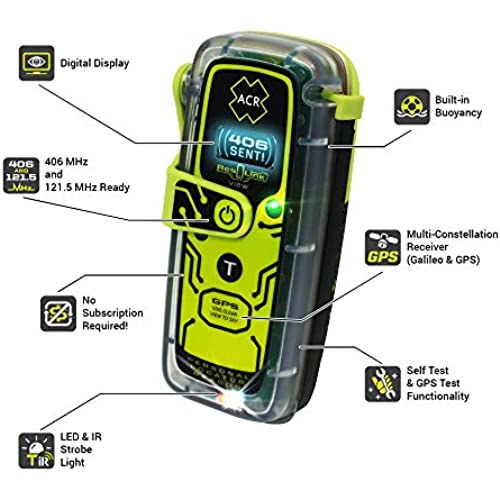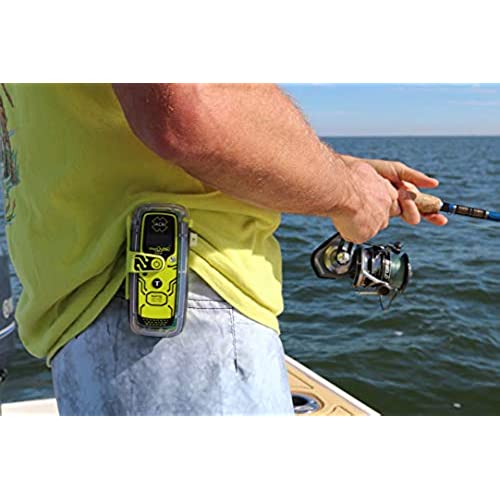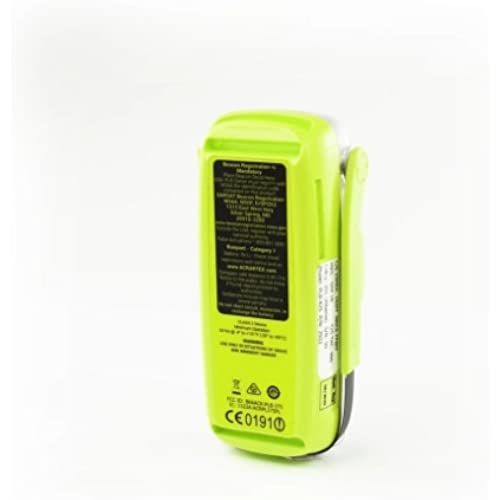













ACR ResQLink View - Buoyant Personal Locator Beacon with GPS for Hiking, Boating and All Outdoor Adventures (Model PLB 425) ACR 2922
-

SCOTT A. LUM
> 24 hourPerfect safety equipment, Everyone needs one! Great for all ages!
-

DoctorOfGolf
> 24 hourFortunately haven’t had to use it yet. Take it with me every time I fly a little airplane. Goes in my upper chest pocket for easy access.
-

Mohamed Fritsch
> 24 hourIf this saves our lives some day what price can you put on that!
-

Linda Goodwin
> 24 hourThis was a gift.
-

Macchi Giovanni
> 24 hourI test comunque tutti positivi!
-

Austin Fister
> 24 hourMust have
-

David G
> 24 hourI needed something for international travel. This works with NOAA sats.
-

Meerkat
> 24 hourGot this for Christmas. Registered the unit and tried to conduct their recommended Basic Self Test. Unit failed the Self-Test. I have contacted ACR. I will update this based on how they respond.
-

TwoHawks
> 24 hourThis unit does one thing and does it redundatly well. Best of all its water resistant and floats. Puts out 5 watts of power to get a signal out in most conditions. (Unlike the other subscription based units that only put out less that half a watt).
-

Shannon Wiley
> 24 hourWe are pleased...high quality product.

